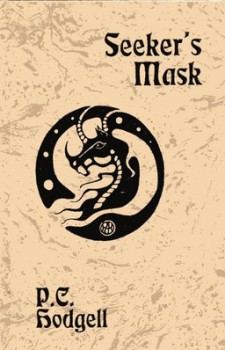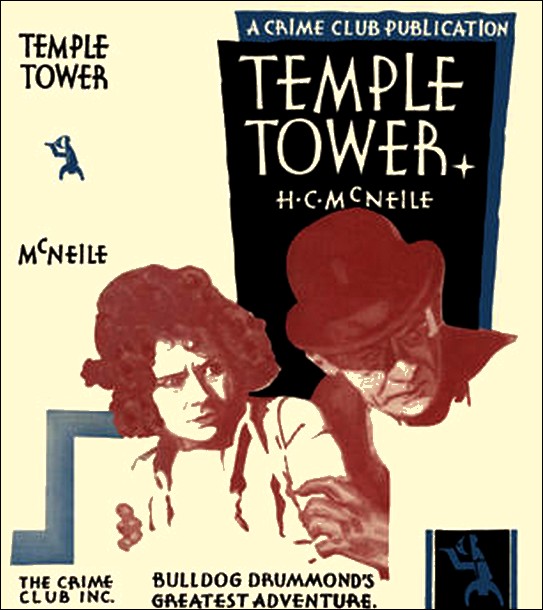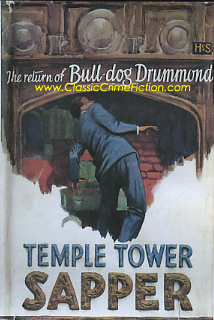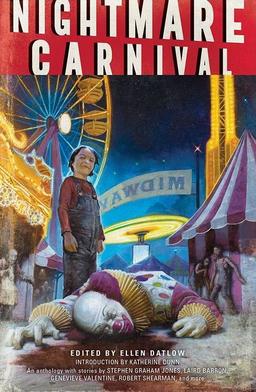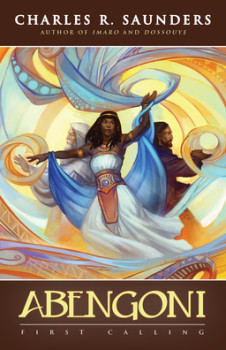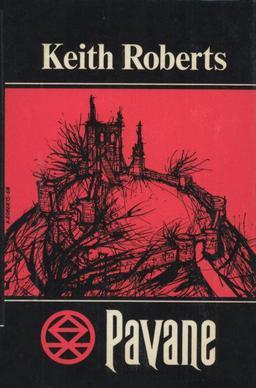Book Pairings: Queen Victoria’s Book of Spells and Royal Airs
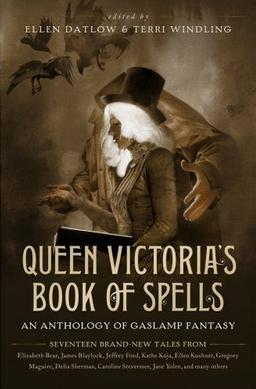 Ah, a rainy night in December.
Ah, a rainy night in December.
I was going to try to augment my blogging-to-raindrops experience by listening to Chopin, but after iTunes had been pianoing at me for a while, I admitted defeat, and realized once more that it’s difficult for me to blog and listen to music at the same time. (Hildegard of Bingen is, of course, an exception to this rule. Sometimes.)
Tonight I am feeling VIRTUOUS and TRIUMPHANT, for I have AT LONG LAST finished Queen Victoria’s Book of Spells, followed by a reread of Sharon Shinn’s Royal Airs. I thought these two books would make a fine complementary pair of Gaslamp Fantasies You Might Like To Read.
Let’s start with Queen Victoria’s Book of Spells.
First of all… It took me LONG ENOUGH! Sigh. Have I told you how long it takes me to read an anthology? Any anthology? I think I did, way back in my Welcome to Bordertown blogging days. But don’t worry if you never read those three monster blogs o’ mine (although you should, because they are CHARMING and INFORMATIVE, and also go ahead and read the anthology itself if you haven’t, because that’s GREAT TOO); like Inigo Montoyo, I will sum up.



